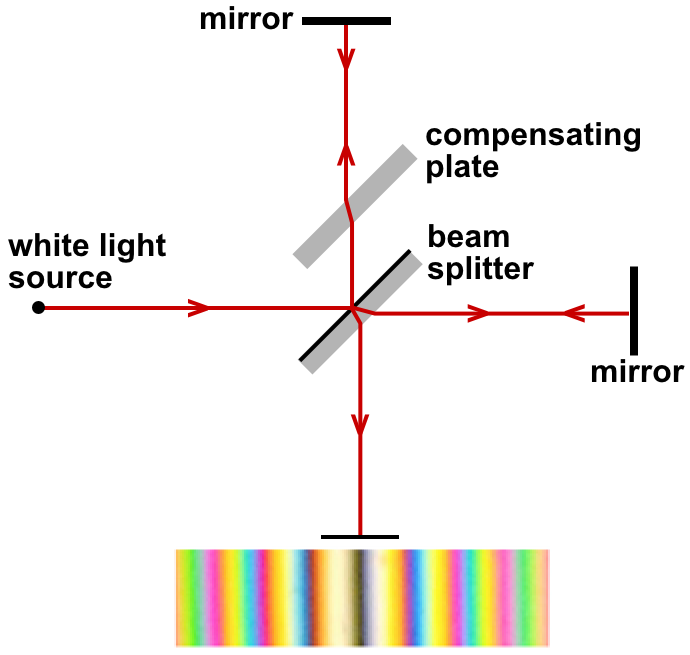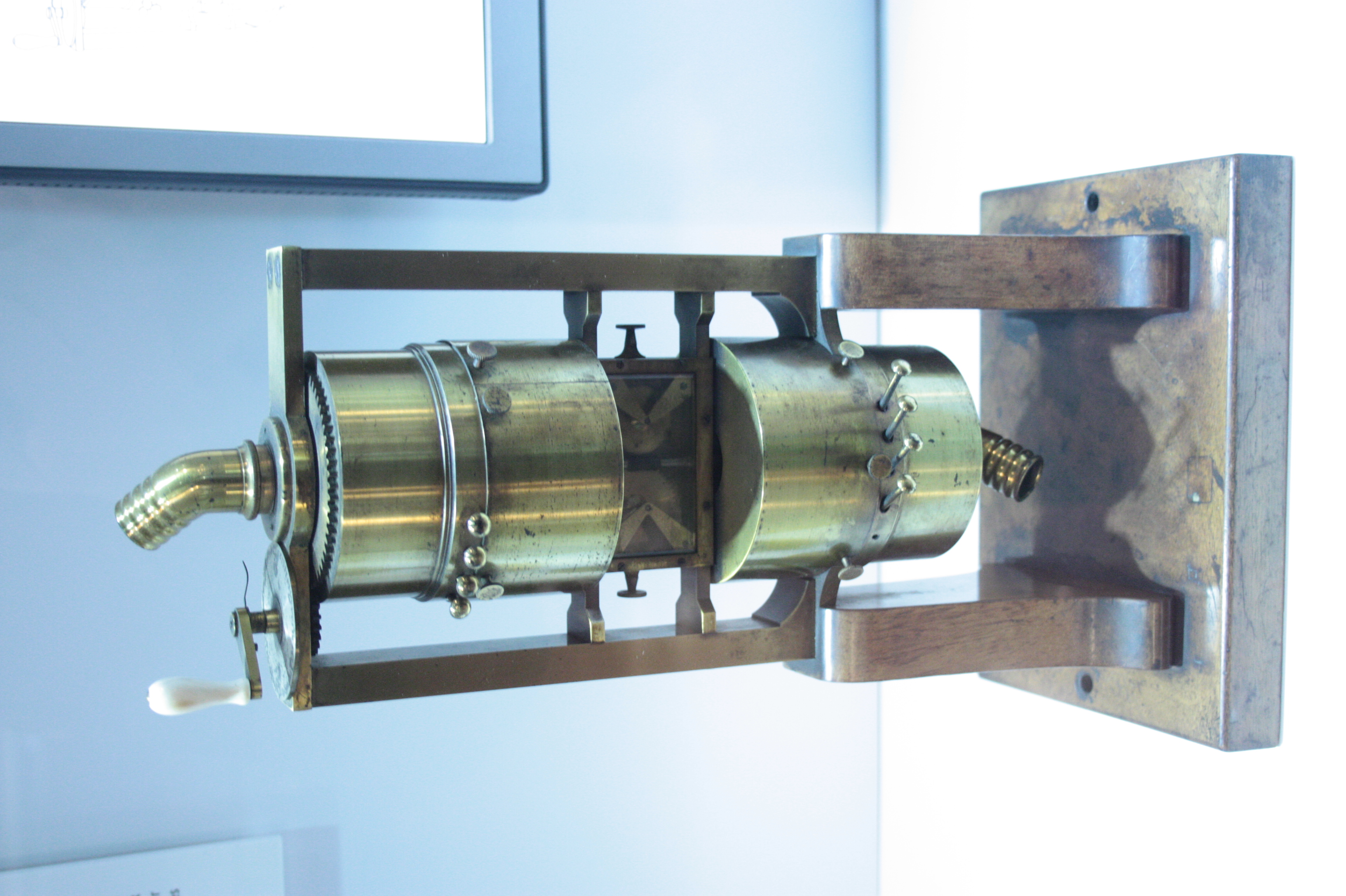|
Wolfgang Sellmeier
Wolfgang Sellmeier was a German theoretical physicist who made major contributions to the understanding of the interactions between light and matter.Jordi Taltavull, M., ANNALEN DER PHYSIK 2018, 530, 1800104. https://doi.org/10.1002/andp.201800104 In 1872 he published his seminal work ''Ueber die durch die Aetherschwingungen erregten Mitschwingungen der Körpertheilchen und deren Rückwirkung auf die ersteren, besonders zur Erklärung der Dispersion und ihrer Anomalien''. Before this publication, physicists tried to understand light as a periodic perturbation of an invisible substance that spanned the entire universe: the Luminiferous aether, ether. The interaction of light with the particles that make up ordinary matter was not yet taken into account when explaining optical phenomena. In his 1872 publication, Sellmeier conjectured that light-matter interactions in the form of covibrations of the particles that light impinges upon are responsible for the response of matter to light ... [...More Info...] [...Related Items...] OR: [Wikipedia] [Google] [Baidu] |
Luminiferous Aether
Luminiferous aether or ether ("luminiferous", meaning "light-bearing") was the postulated medium for the propagation of light. It was invoked to explain the ability of the apparently wave-based light to propagate through empty space (a vacuum), something that waves should not be able to do. The assumption of a spatial plenum of luminiferous aether, rather than a spatial vacuum, provided the theoretical medium that was required by wave theories of light. The aether hypothesis was the topic of considerable debate throughout its history, as it required the existence of an invisible and infinite material with no interaction with physical objects. As the nature of light was explored, especially in the 19th century, the physical qualities required of an aether became increasingly contradictory. By the late 1800s, the existence of the aether was being questioned, although there was no physical theory to replace it. The negative outcome of the Michelson–Morley experiment (1887) suggest ... [...More Info...] [...Related Items...] OR: [Wikipedia] [Google] [Baidu] |
Sellmeier Equation
The Sellmeier equation is an empirical relationship between refractive index and wavelength for a particular transparent medium. The equation is used to determine the dispersion of light in the medium. It was first proposed in 1872 by Wolfgang Sellmeier and was a development of the work of Augustin Cauchy on Cauchy's equation for modelling dispersion. The equation In its original and the most general form, the Sellmeier equation is given as : n^2(\lambda) = 1 + \sum_i \frac , where ''n'' is the refractive index, ''λ'' is the wavelength, and ''B''i and ''C''i are experimentally determined ''Sellmeier coefficients''. These coefficients are usually quoted for λ in micrometres. Note that this λ is the vacuum wavelength, not that in the material itself, which is λ/n. A different form of the equation is sometimes used for certain types of materials, e.g. crystals. Each term of the sum representing an absorption resonance of strength ''B''i at a wavelength . For example, ... [...More Info...] [...Related Items...] OR: [Wikipedia] [Google] [Baidu] |
Hermann Von Helmholtz
Hermann Ludwig Ferdinand von Helmholtz (31 August 1821 – 8 September 1894) was a German physicist and physician who made significant contributions in several scientific fields, particularly hydrodynamic stability. The Helmholtz Association, the largest German association of research institutions, is named in his honor. In the fields of physiology and psychology, Helmholtz is known for his mathematics concerning the eye, theories of vision, ideas on the visual perception of space, color vision research, the sensation of tone, perceptions of sound, and empiricism in the physiology of perception. In physics, he is known for his theories on the conservation of energy, work in electrodynamics, chemical thermodynamics, and on a mechanical foundation of thermodynamics. As a philosopher, he is known for his philosophy of science, ideas on the relation between the laws of perception and the laws of nature, the science of aesthetics, and ideas on the civilizing power o ... [...More Info...] [...Related Items...] OR: [Wikipedia] [Google] [Baidu] |
19th-century German Physicists
The 19th (nineteenth) century began on 1 January 1801 ( MDCCCI), and ended on 31 December 1900 ( MCM). The 19th century was the ninth century of the 2nd millennium. The 19th century was characterized by vast social upheaval. Slavery was abolished in much of Europe and the Americas. The First Industrial Revolution, though it began in the late 18th century, expanding beyond its British homeland for the first time during this century, particularly remaking the economies and societies of the Low Countries, the Rhineland, Northern Italy, and the Northeastern United States. A few decades later, the Second Industrial Revolution led to ever more massive urbanization and much higher levels of productivity, profit, and prosperity, a pattern that continued into the 20th century. The Islamic gunpowder empires fell into decline and European imperialism brought much of South Asia, Southeast Asia, and almost all of Africa under colonial rule. It was also marked by the collapse of the la ... [...More Info...] [...Related Items...] OR: [Wikipedia] [Google] [Baidu] |
Year Of Birth Missing
A year or annus is the orbital period of a planetary body, for example, the Earth, moving in its orbit around the Sun. Due to the Earth's axial tilt, the course of a year sees the passing of the seasons, marked by change in weather, the hours of daylight, and, consequently, vegetation and soil fertility. In temperate and subpolar regions around the planet, four seasons are generally recognized: spring, summer, autumn and winter. In tropical and subtropical regions, several geographical sectors do not present defined seasons; but in the seasonal tropics, the annual wet and dry seasons are recognized and tracked. A calendar year is an approximation of the number of days of the Earth's orbital period, as counted in a given calendar. The Gregorian calendar, or modern calendar, presents its calendar year to be either a common year of 365 days or a leap year of 366 days, as do the Julian calendars. For the Gregorian calendar, the average length of the calendar ye ... [...More Info...] [...Related Items...] OR: [Wikipedia] [Google] [Baidu] |



